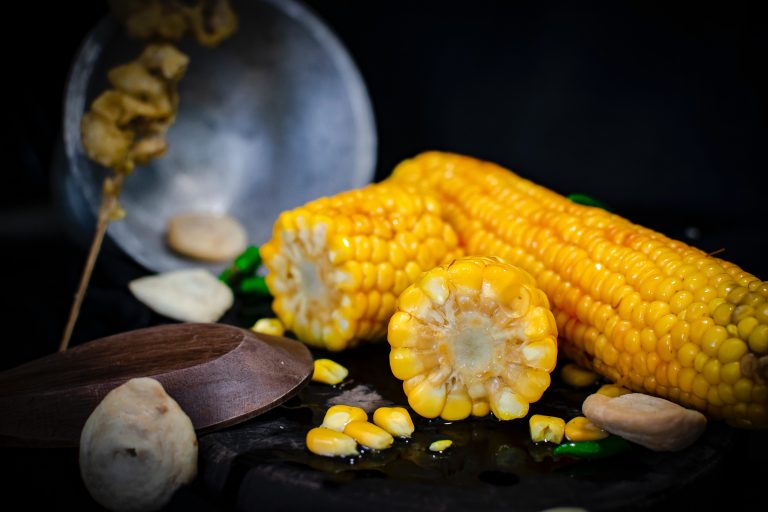Corn – a staple food of Mexico and Central America

Just a carbohydrate or more?
Corn is a staple diet of Mexico. It is highly consumed in America and Europe too [1]. Corn is a good source of carbohydrates and fibre [2]. It also contains vitamins C and B, magnesium and carotenoids [3].
Traditionally corn was soaked in lime water (calcium hydroxide had been added with water) which is alkaline in nature for 8 to 16 hours. This process is called Nixtamalization [4].
Corn contain significant amount of vitamin B3 (Niacin), but this B3 is bound with carbohydrates and known as Niacytin [5]. Body cannot utilize or absorb this vitamin B3.
When corn is treated with alkali or lime water, hull is eliminated and hemicellulose is dissolved, this releases niacin which was bound with starch. Nixtamalization doubles the amount of vitamin B3 in corn and body can easily absorb this B3. Therefore, Mexicans never got deficiency of vitamin B3 (Pellagra). Whereas, Europeans who disregarded the alkali treatment of corn faced the issue of pellagra [4,6].
References:
- Nadal A (2006) Mexico’s Corn-Producing Sector: A Commentary. Agriculture and Human Values 23: 33-36.
- Kumar D, Jhariya AN (2013) Nutritional, medicinal and economical importance of corn: A mini review. Res J Pharm Sci 2319: 555X.
- Lind D, Barham E (2004) The social life of the tortilla: Food, cultural politics, and contested commodification. Agriculture and Human Values 21: 47-60.
- D’Ulivo L (2019) Solution to vitamin B3 mystery challenge. Analytical and Bioanalytical Chemistry 411: 3-3.
- III JFG (1998) NUTRITIONAL PROPERTIES AND SIGNIFICANCE OF VITAMIN GLYCOSIDES. Annual Review of Nutrition 18: 277-296.
- Dunn ML, Jain V, Klein BP (2014) Stability of key micronutrients added to fortified maize flours and corn meal. Annals of the New York Academy of Sciences 1312: 15-25.
